
Inside this Edition
Themes

18 Aug 2022
Children, Education
Addressing Learning Poverty in East Asia and the Pacific
1.1 trillion hours of in-person learning lost

18 Aug 2022
Children
ASEAN Addresses Safe School Reopening and Learning Loss
As a result of the COVID-19 pandemic, ASEAN Member States have seen school closures impacting more than 152 million children in the Southeast Asian region (Thomas, 2022). School closures and the sudden transition from face-to-face to digital modalities

18 Aug 2022
Youth
The ASEAN Artists Residency Programme
In recent years, Southeast Asia has become an emerging hub for a vibrant contemporary art scene. The rapid growth of the region’s creative industries has given birth to many creative spaces and galleries, providing platforms for local artists to develo
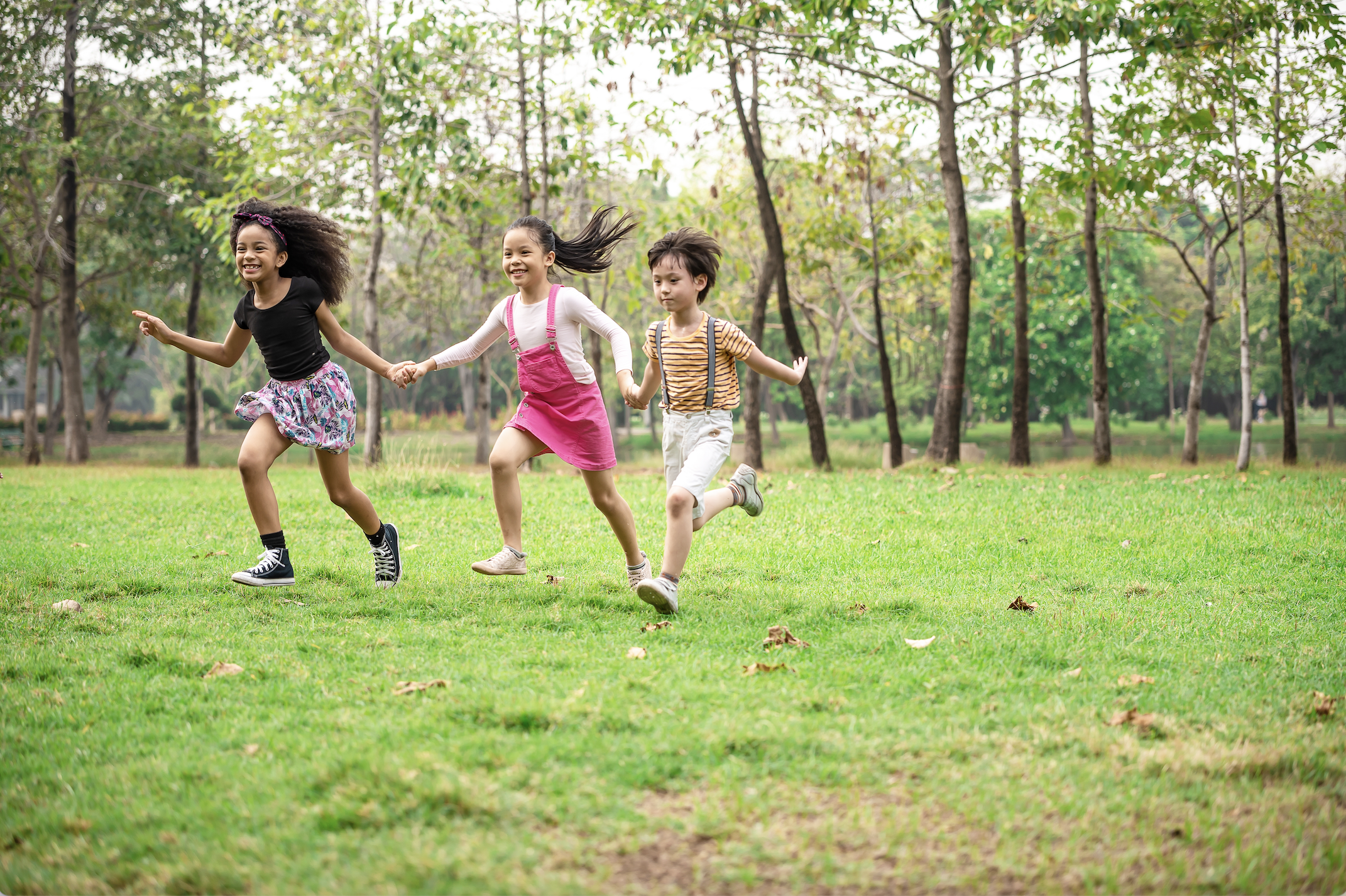
19 Aug 2022
Children, Social Protection
ASEAN Children-led Change
A child shall have the right to Children have the right to think for The ASEAN Ministers of Social Welfare and freedom of expression; this right shall include freedom to seek, receive and impart information and ideas of all kinds, regardless of frontie
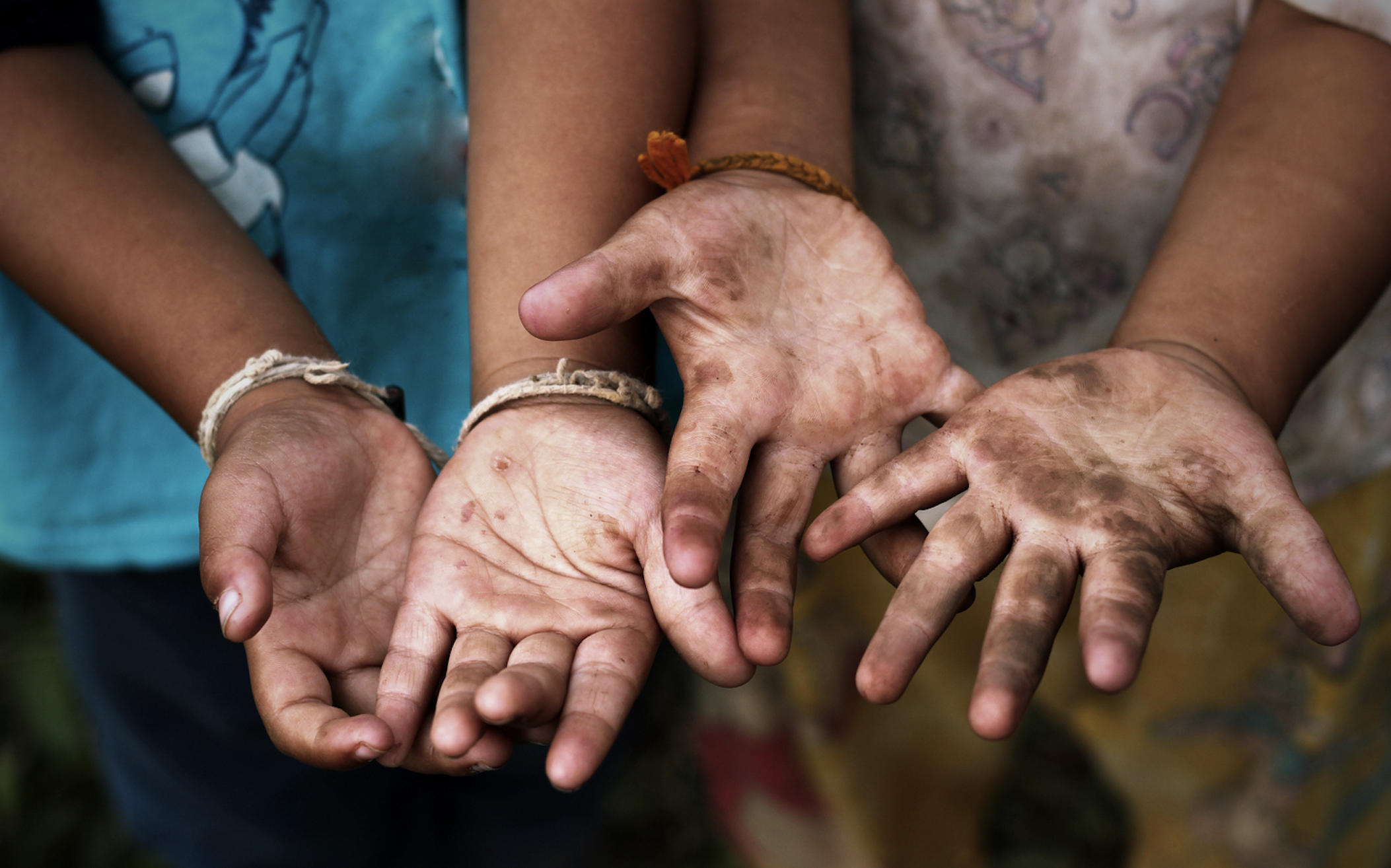
23 Aug 2022
Children, Education
ASEAN Continues to Fight Against Child Labour
The call for impactful and sustainable actions to end child labour is more urgent now, as the world faces a protracted pandemic and an impending global economic crisis. For over a decade, ASEAN has joined forces to combat the worst forms of child labou
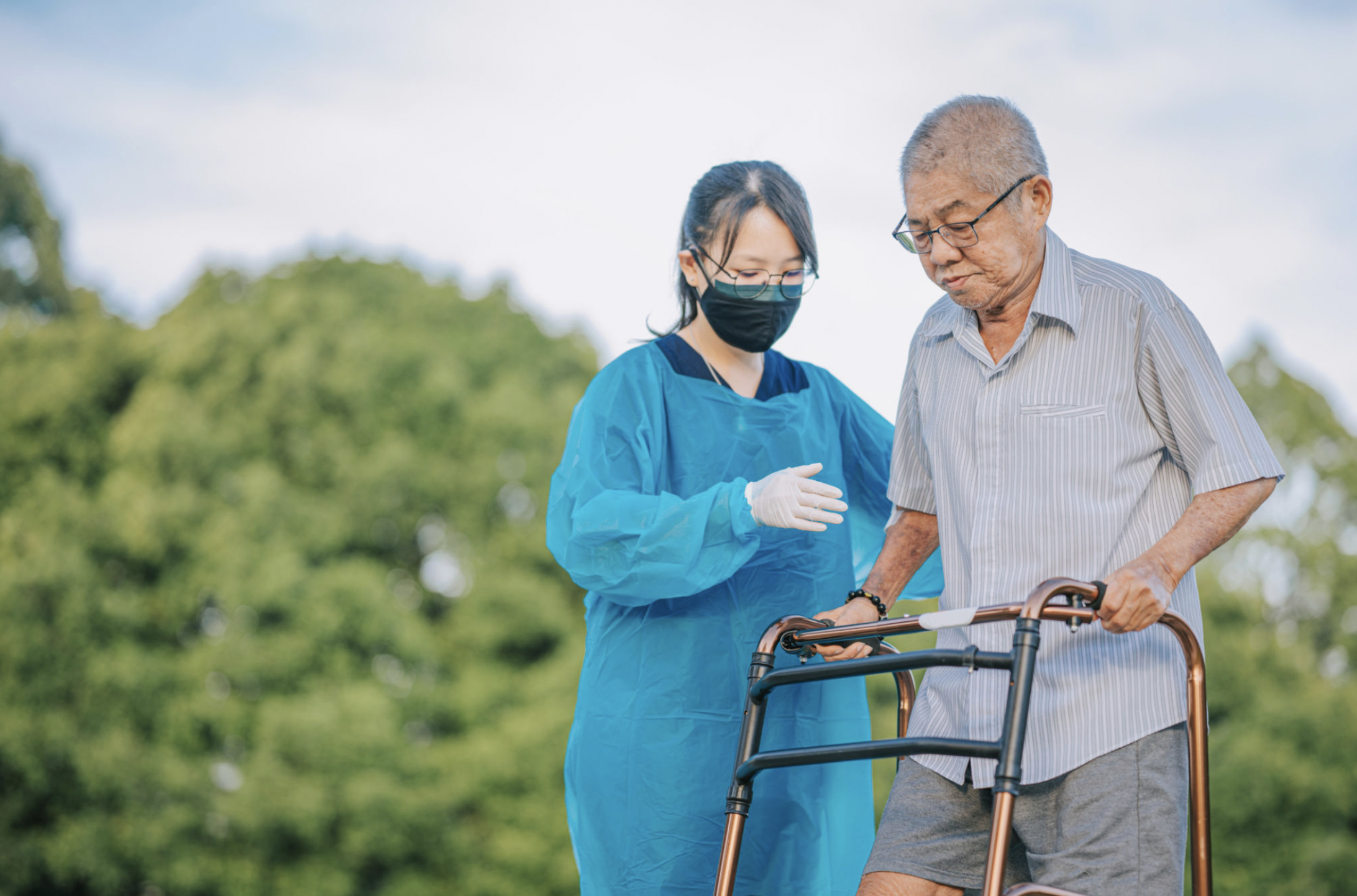
26 Aug 2022
Social Protection
The Care Economy
Creating Jobs, Bringing ASEAN Closer to SDGs
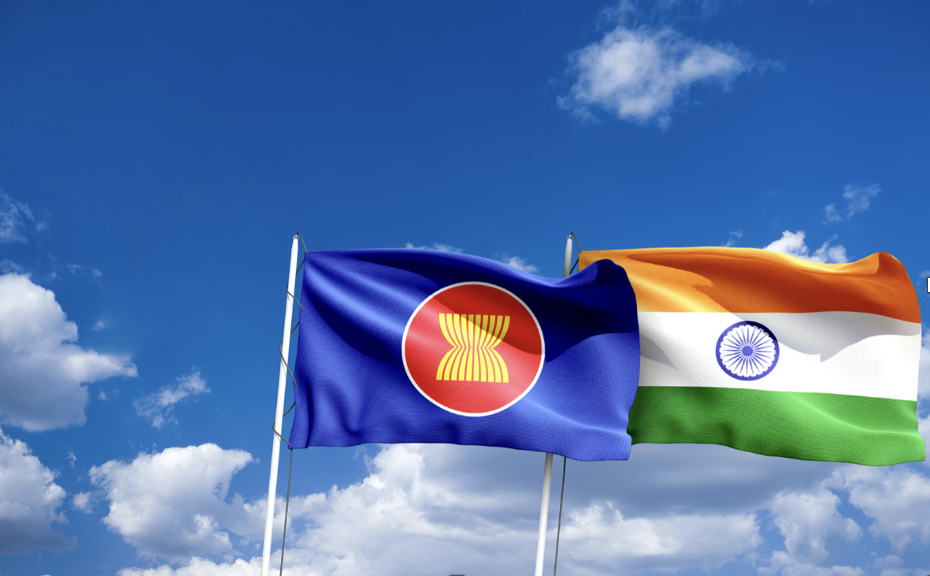
26 Aug 2022
ASEAN-India Friendship Year
Entering the Fourth Decade of Cooperation
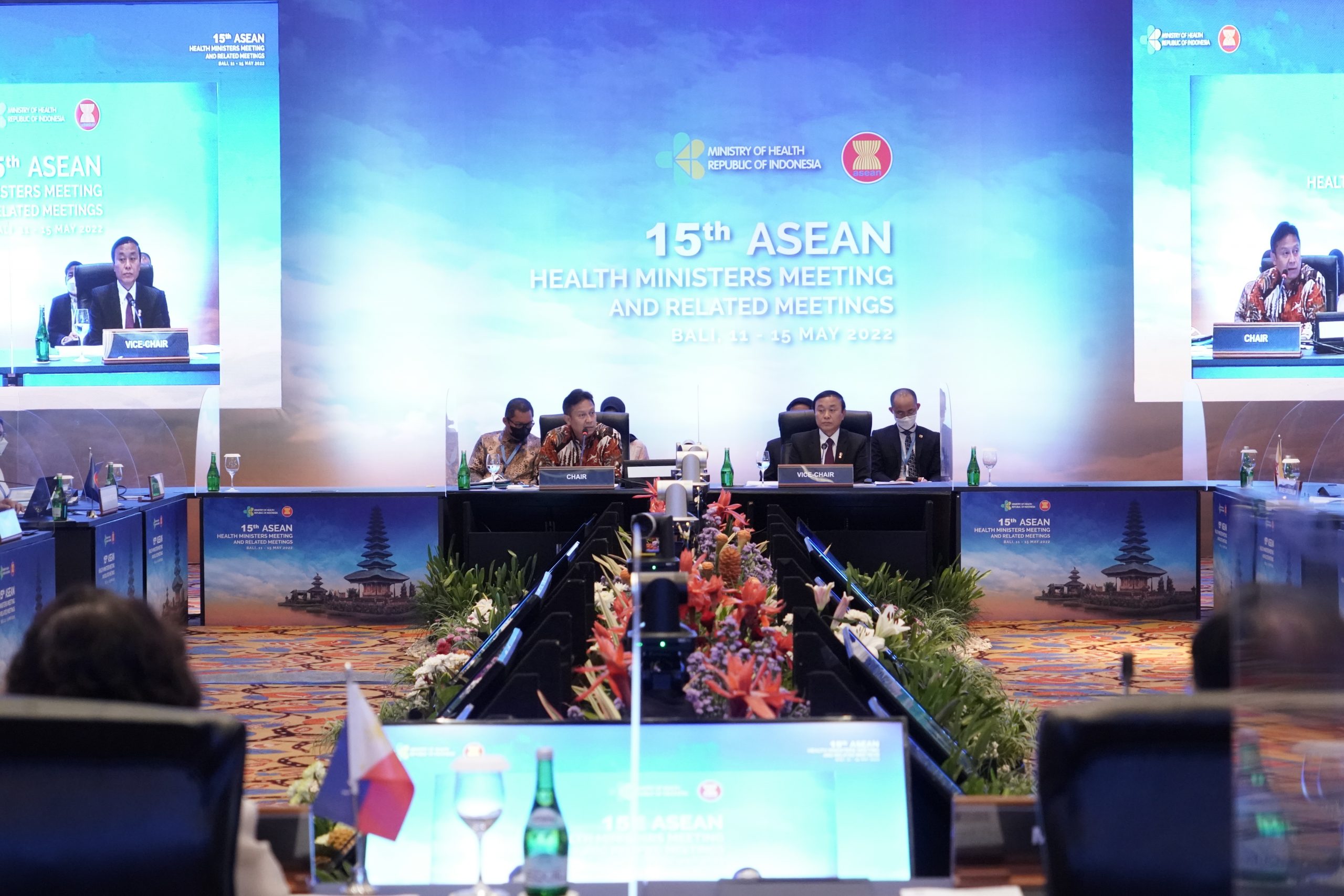
28 Aug 2022
Health and COVID-19
ASEAN Health Sector Seeks Faster Pandemic Recovery, More Resilient Regional Health System
Recovering swiftly from the COVID-19 pandemic and building a crisis-resilient regional health system remain the top priorities of the ASEAN health sector.
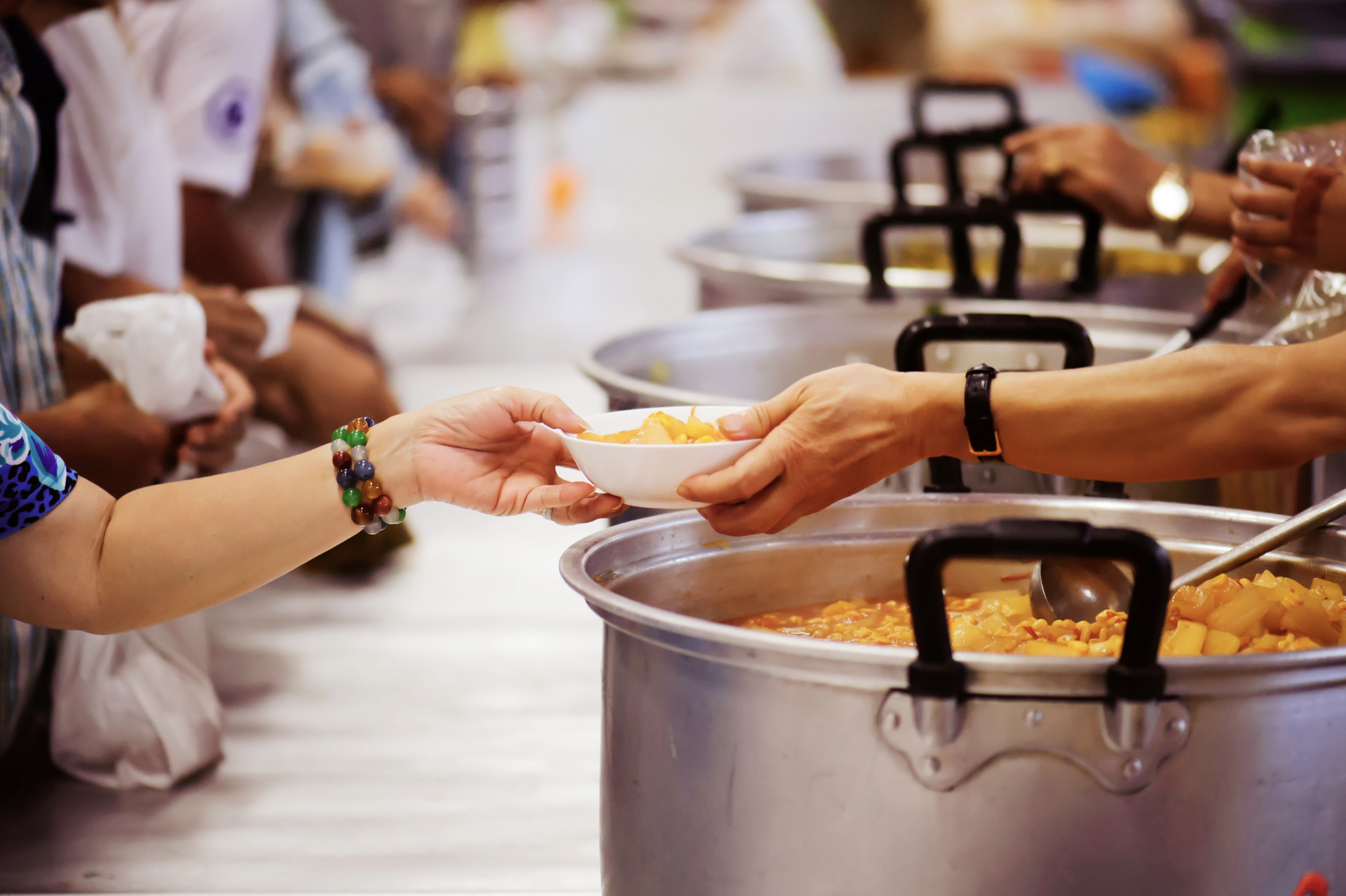
29 Aug 2022
Children, Health and COVID-19, Poverty Alleviation, Social Protection
Child Undernutrition Why It Matters
ASEAN’s aspiration to produce a highly skilled and productive workforce to prop up economic growth may be in peril.
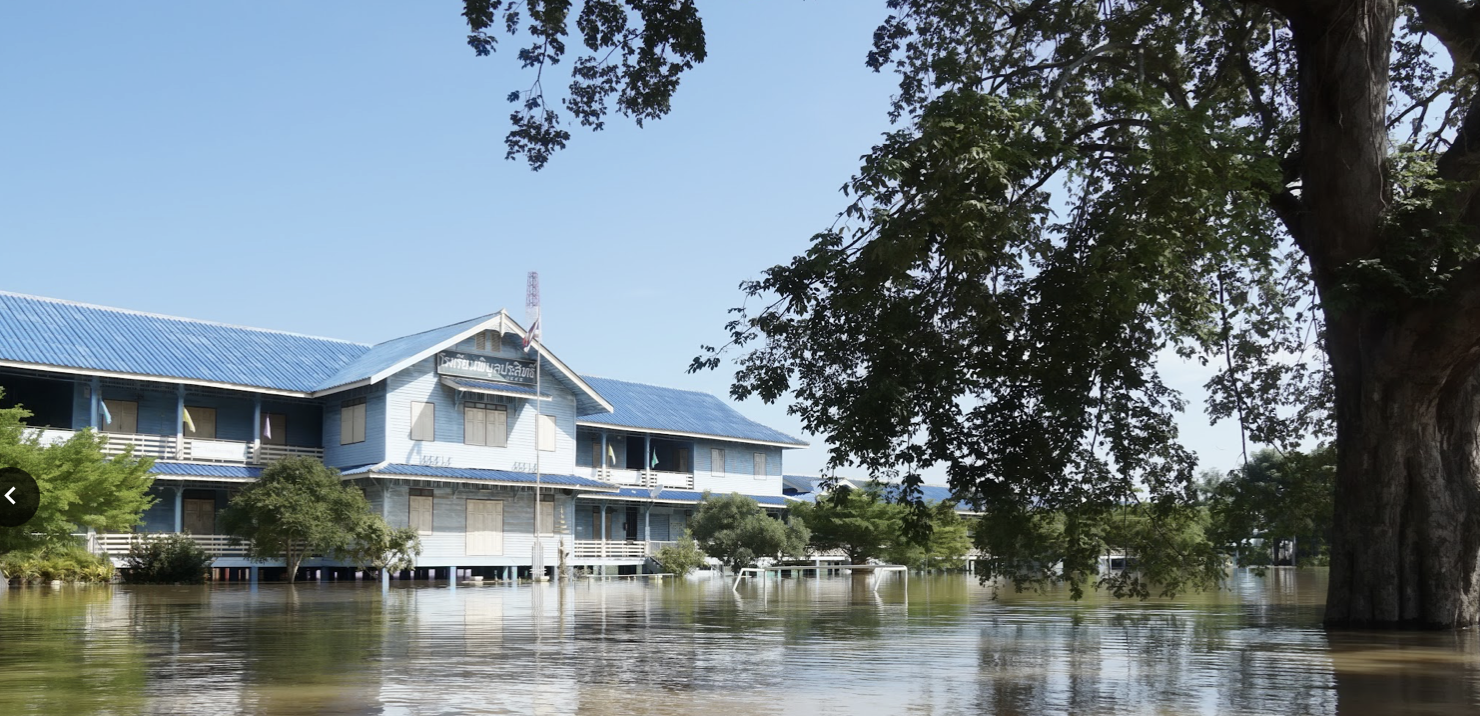
29 Aug 2022
Children, Education, Environment
Environmental Education for Children in ASEAN
Environmental changes have been wreaking havoc on Southeast Asian communities.
Interviews
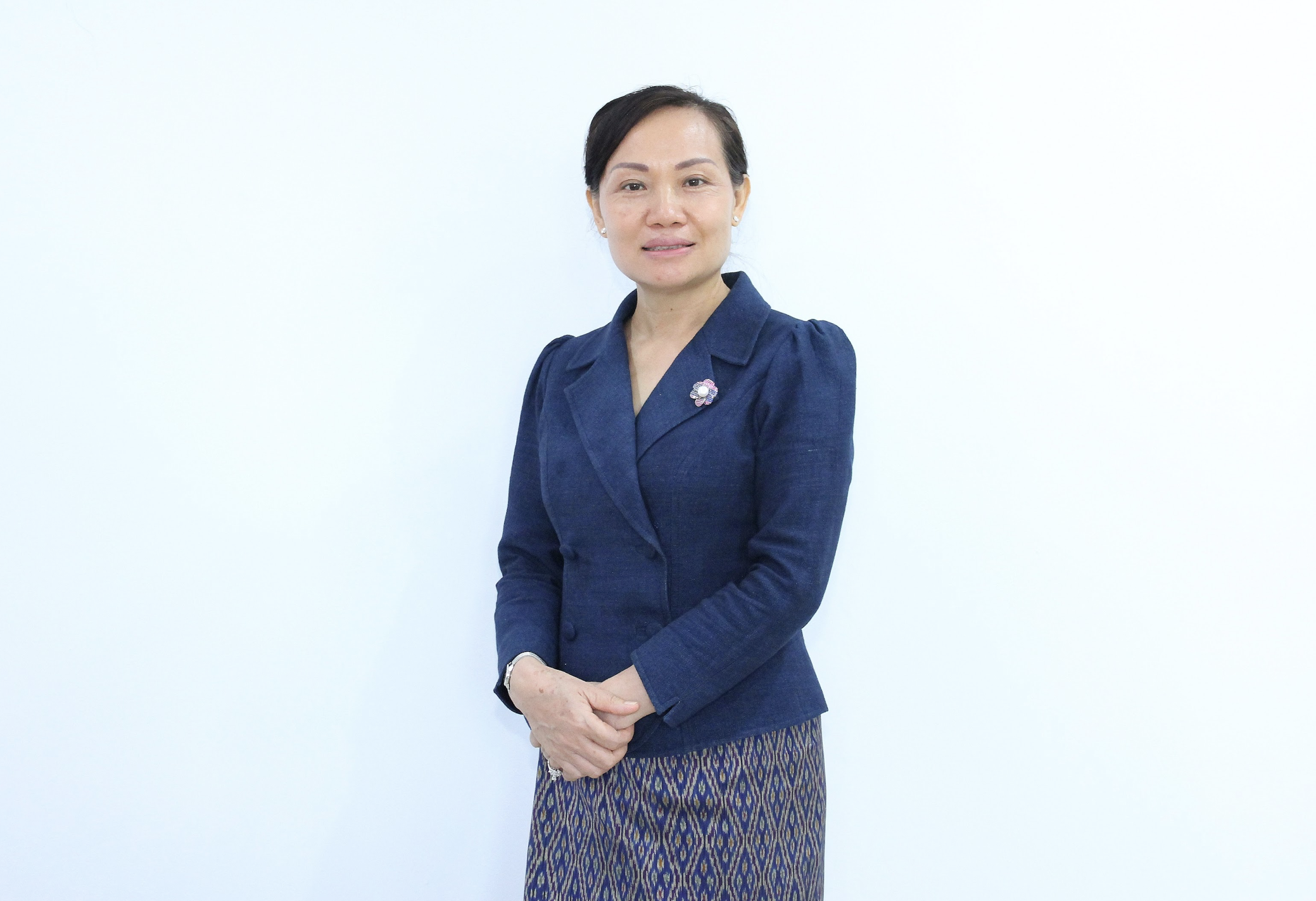
19 Aug 2022
Children, Social Protection
Baykham Khattiya
Minister Khattiya provides an overview of ASEAN’s goals and strategies for upholding the rights and advancing the well-being of children in the region. She talks about the progress made in terms of protecting children from violence and increasing acces
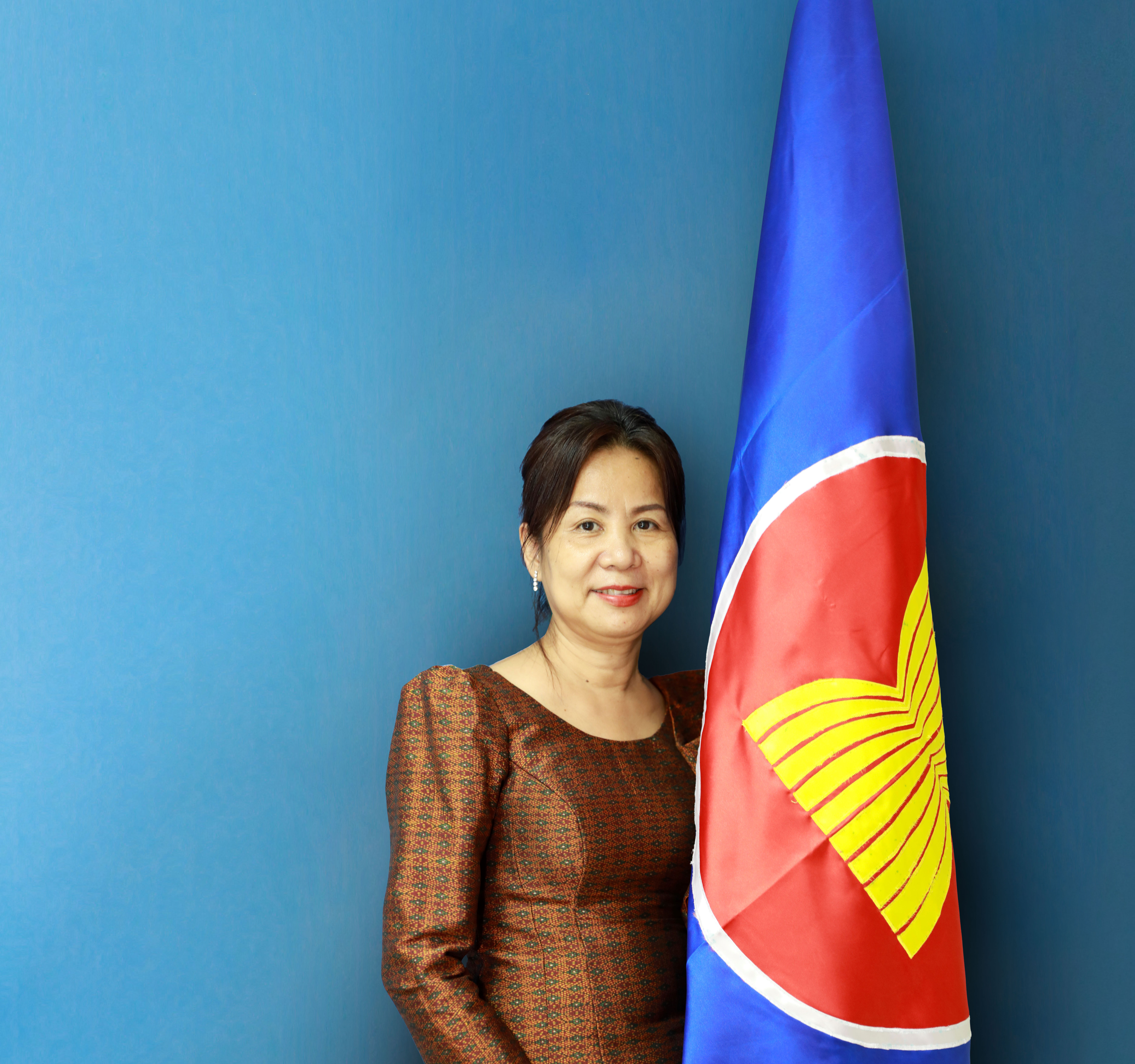
19 Aug 2022
Children, Gender
Hou Nirmita
ACWC is a consultative body that supports the work of the ASEAN Ministerial Meeting on Social Welfare and Development. ACWC Chair and Cambodian Ministry of Women’s Affairs Under Secretary Hou Nirmita talks about the role of the Commission in securing t
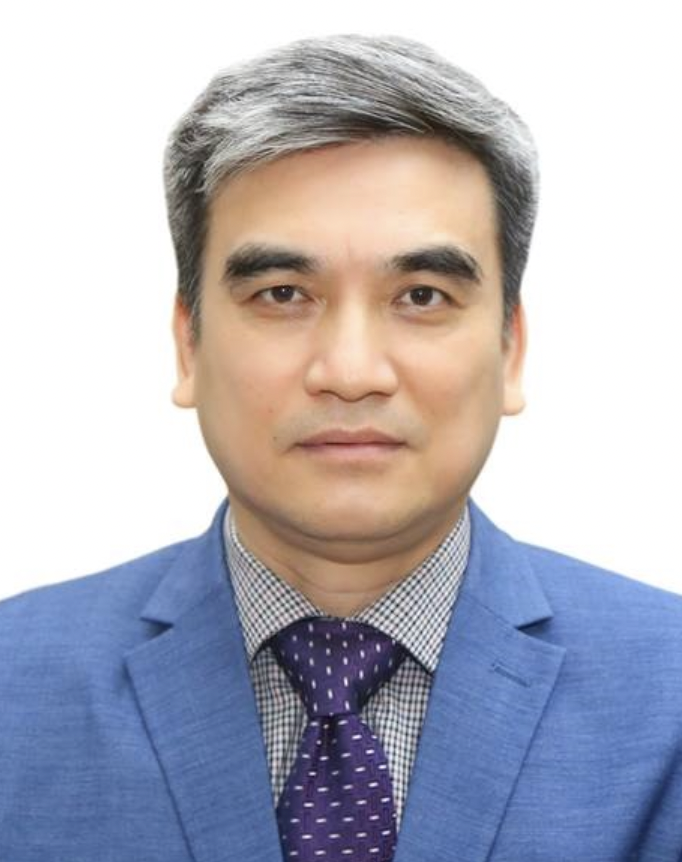
23 Aug 2022
Children, Education, Social Protection
Luu Quang Tuan
Bullying of children is becoming a pervasive concern in the region. Director General Luu Quang Tuan shares with The ASEAN, some of the initiatives started by ASEAN to protect children from bullying, both online and offline.
Conversations
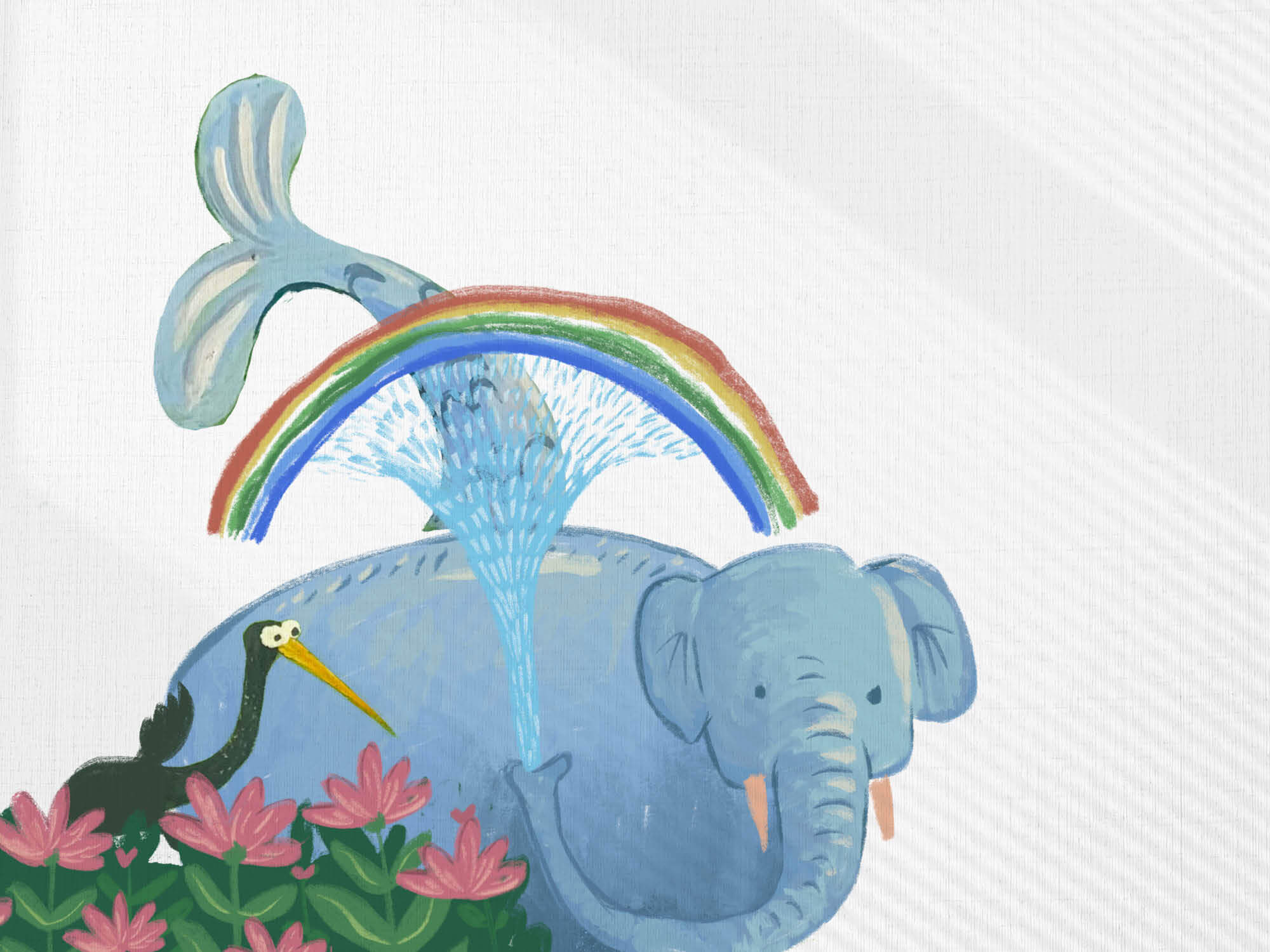
18 Aug 2022
Children, Environment
Climate Change
UNICEF says approximately one billion children are at an “extremely high risk” of the impacts of the climate change crisis. Research has shown that children born now will face much more extreme weather and other climate disasters than their grandparent
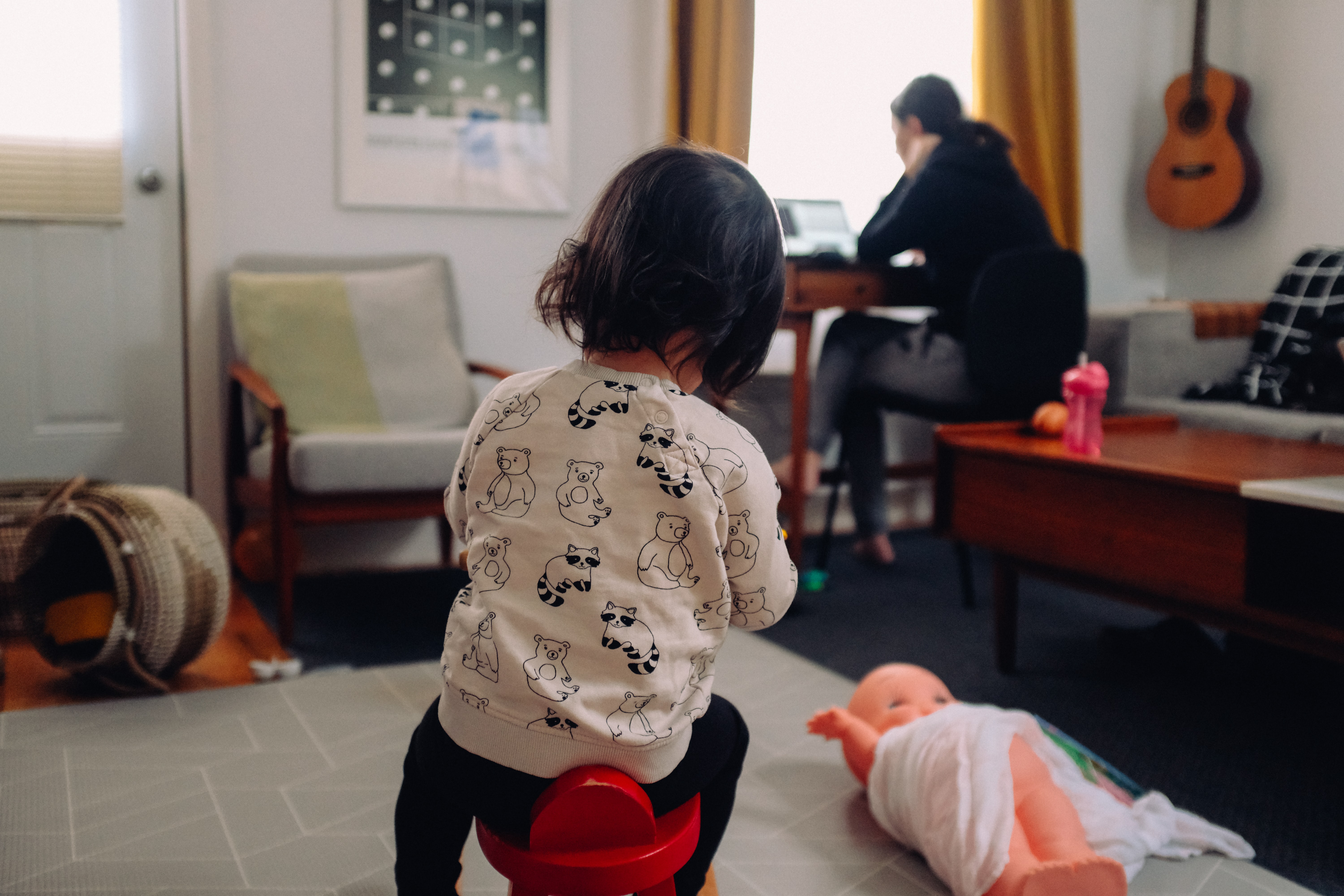
23 Aug 2022
Children, Health and COVID-19
On the COVID-19 Pandemic
Five children candidly share how the pandemic affected their daily lives, how it altered their views and attitudes, and what lessons they learned from the experience.

23 Aug 2022
Children, Education
Online Learning
One hundred fifty-two million students in the region were forced to shift to remote and online learning when the COVID-19 pandemic led to prolonged school closures. Eight children share how they coped with this abrupt transition and what they liked or
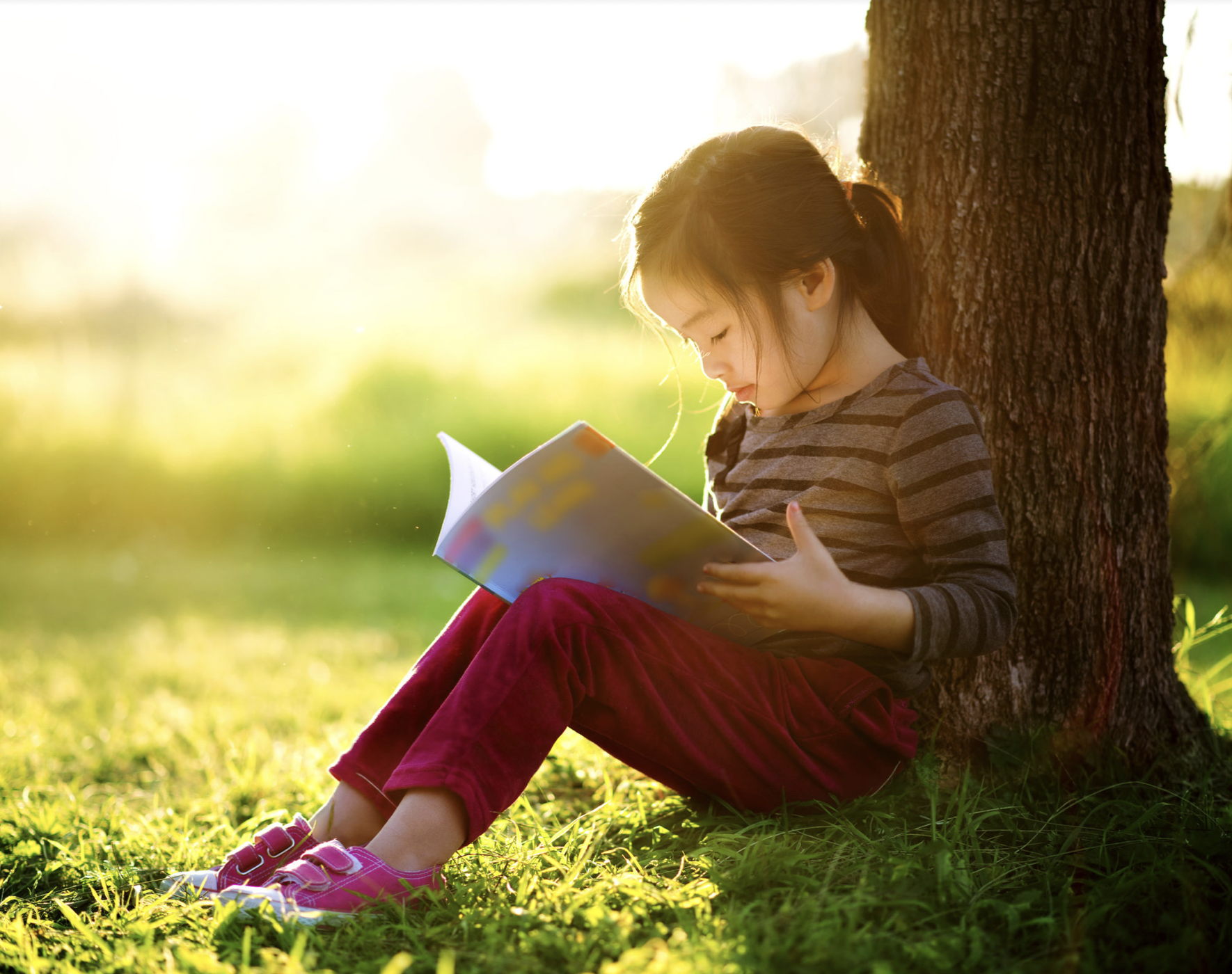
26 Aug 2022
Children, Education
Story Books by Children for Children
Children relate their experiences and feelings in the most fascinating and amusing ways. But their stories are often insightful and profound, giving us a glimpse of how they view the world. During the pandemic, the view for Hannah and Callum Goh and Za


